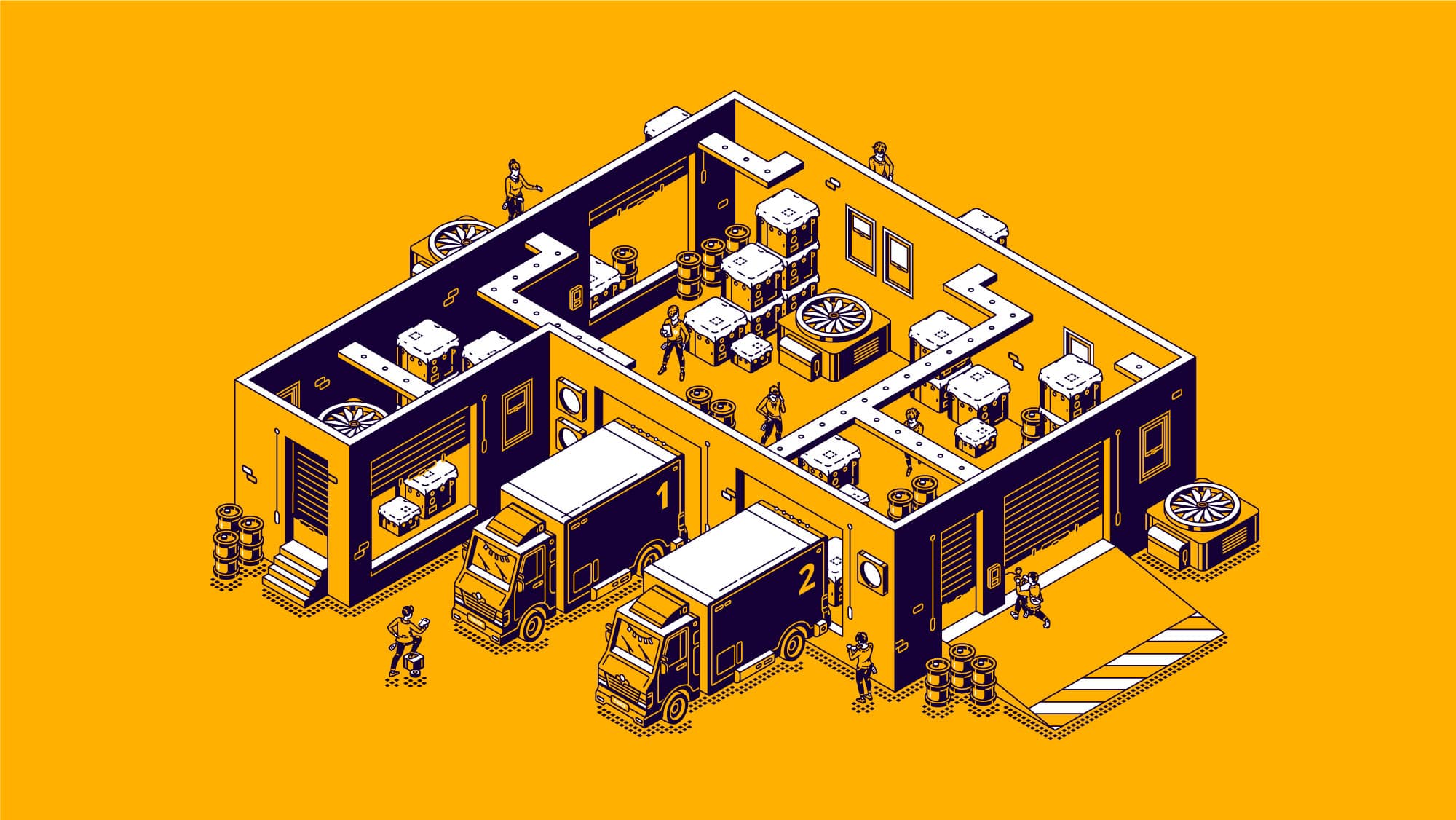Table of Contents
Warehouses have become a critical component of almost every business type. The incredible surge in eCommerce has seen warehouses go through a boom period, and that trend looks unlikely to slow down anytime soon. As a result, more entrepreneurs are looking at large and small-scale warehouse operations to invest in. However, there are many challenges to meet when it comes to operating an efficient warehouse, and you’re going to need to understand those challenges and the best ways to overcome them. If you’re thinking about investing in a warehouse venture or operating your own, here are some design tips to keep in mind.

Where is the Warehouse?
A warehouse is simply one step along the supply chain. That supply chain needs to be designed to be as streamlined as possible and as transparent as possible. Location is one of to consider when it comes to warehouses because choosing the wrong location can lead to challenges meeting tight delivery times. You’re also going to have to factor in the availability of your potential workforce and how much you’re going to have to pay them. Never underestimate the importance of location when moving into the warehouse sector.
Layout
Once you’ve scouted your warehouses and chosen the best-placed ones, you need to ensure that the internal layout is fully optimized to be as efficient as possible. Make sure that your inventory storage is easily accessible and organized in the most high-value ways, especially if you are looking to store items such as a ladder platform. Talk to conveyor manufacturers who know their stuff so that you know that you’ll have the conveyor belt system that most suits your purposes. The goal is to have as little wasted space as possible without compromising worker safety. Of course, accidents do happen regardless of how many safety measures are put in place, at which point employees may decide to click here and get themselves some legal representation to help them claim compensation for their injuries. Accidents also provide an opportunity for you to re-assess the layout and adjust things in order to prevent a similar injury from happening in the future.
Understand the Technology
If you’re picturing yourself managing a warehouse using paper and pen, you’re already making mistakes. There is technology available that makes running a warehouse much easier and significantly more efficient. Basic must-haves are a robust Warehouse Management System (WMS) and tracking software so that you know where your inventory is at all times – you may also wish to invest in something like these custom metal asset tags to label them as yours and provide an obvious visual deterrent to any potential thieves. Newer technologies like the IoT and augmented reality are already starting to be used by warehouse operators, so you need to keep up to date with those technologies too. Watch how the biggest brands like Amazon utilize technology in their warehouses.
Go Green
Sustainability might be nothing more than a buzzword to some people, but it’s also an easy way to save yourself a lot of money. The goal should be to reduce the number of materials you use (including utilities), reuse the materials you can, and recycle everything that can be recycled. Look at the basics, such as automatic lighting systems and automatic taps. You could even go all out and install solar panels that will reduce reliance on your electricity provider, reducing your bill totals.
By following these steps, you will end up with a warehouse operation that is more likely to be efficient and profitable. The goal with warehouse management should always be monitoring and evaluating workplace efficiency and having systems in place that will help you identify where efficiency is being negatively impacted.

UI/UX Consultant, Photoshop, XD, SketchApp, Product Designer, Website Designer, Mobile App Designer, Expert WordPress Developer. For web/mobile design and wordpress development related projects please contact me at dibakar@themepurpose.com



